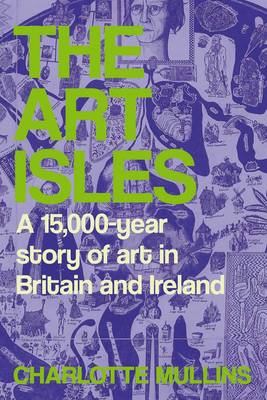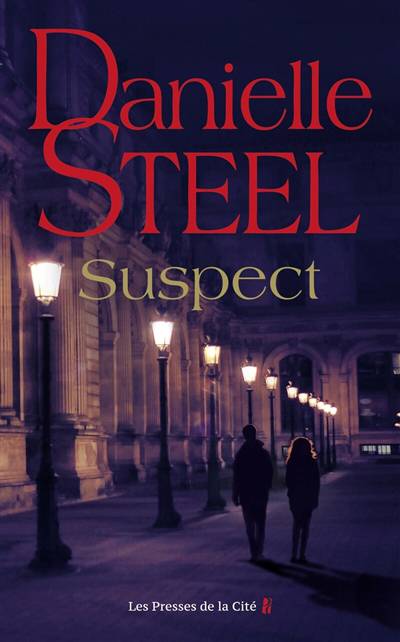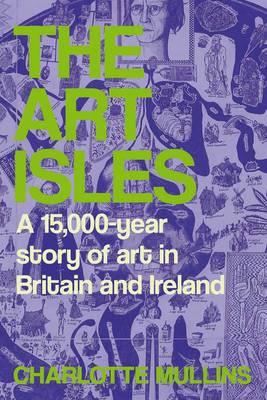
- Retrait gratuit dans votre magasin Club
- 7.000.000 titres dans notre catalogue
- Payer en toute sécurité
- Toujours un magasin près de chez vous
- Retrait gratuit dans votre magasin Club
- 7.000.0000 titres dans notre catalogue
- Payer en toute sécurité
- Toujours un magasin près de chez vous
The Art Isles
A 15,000-Year Story of Art in Britain and Ireland
Charlotte Mullins
Livre relié | Anglais
36,45 €
+ 72 points
Description
The British Isles hold a unique position in the history of art, a place where local traditions fuse with international ideas in extraordinary ways At once isolated by coastal boundaries, yet also part of larger networks of diverse peoples, these islands have always benefited from a dual perspective. Artistic creativity in the British Isles stretches back to Ice Age engravings of reindeer, horses and birds. International networks were already shaping prehistoric art and by 1,000 CE artists working in Britain and Ireland were using lapis lazuli from Afghanistan, walrus tusks from Greenland, garnets from India and elephant ivory from Africa. The Romans, Anglo-Saxons, Vikings and Normans introduced new styles from overseas, as did later European artists, attracted by the wealth of royal courts. Art was traded and looted across the British empire by colonial explorers, merchants and the military. In the course of the 20th century these islands have been a refuge, but also a place where migrants have faced resistance. Sculptures by Jewish immigrants fleeing Nazi death camps, paintings by post-war Caribbean artists and protest murals sparked by the Troubles in Northern Ireland all express artists' complex relationships with the idea of home. Artists today such as Grayson Perry, Lubaina Himid, Yinka Shonibare, Rachel Whiteread and Edmund de Waal consciously reflect on this long history in their work, exploring concepts of identity and belonging. Fresh, pacy and surprising, The Art Isles tells the story of why art in Britain and Ireland is so rich and dynamic - and why it has always extended far beyond geographical borders.
Spécifications
Parties prenantes
- Auteur(s) :
- Editeur:
Contenu
- Nombre de pages :
- 372
- Langue:
- Anglais
Caractéristiques
- EAN:
- 9780300272130
- Date de parution :
- 04-11-25
- Format:
- Livre relié
- Format numérique:
- Genaaid
- Dimensions :
- 156 mm x 229 mm

Les avis
Nous publions uniquement les avis qui respectent les conditions requises. Consultez nos conditions pour les avis.






